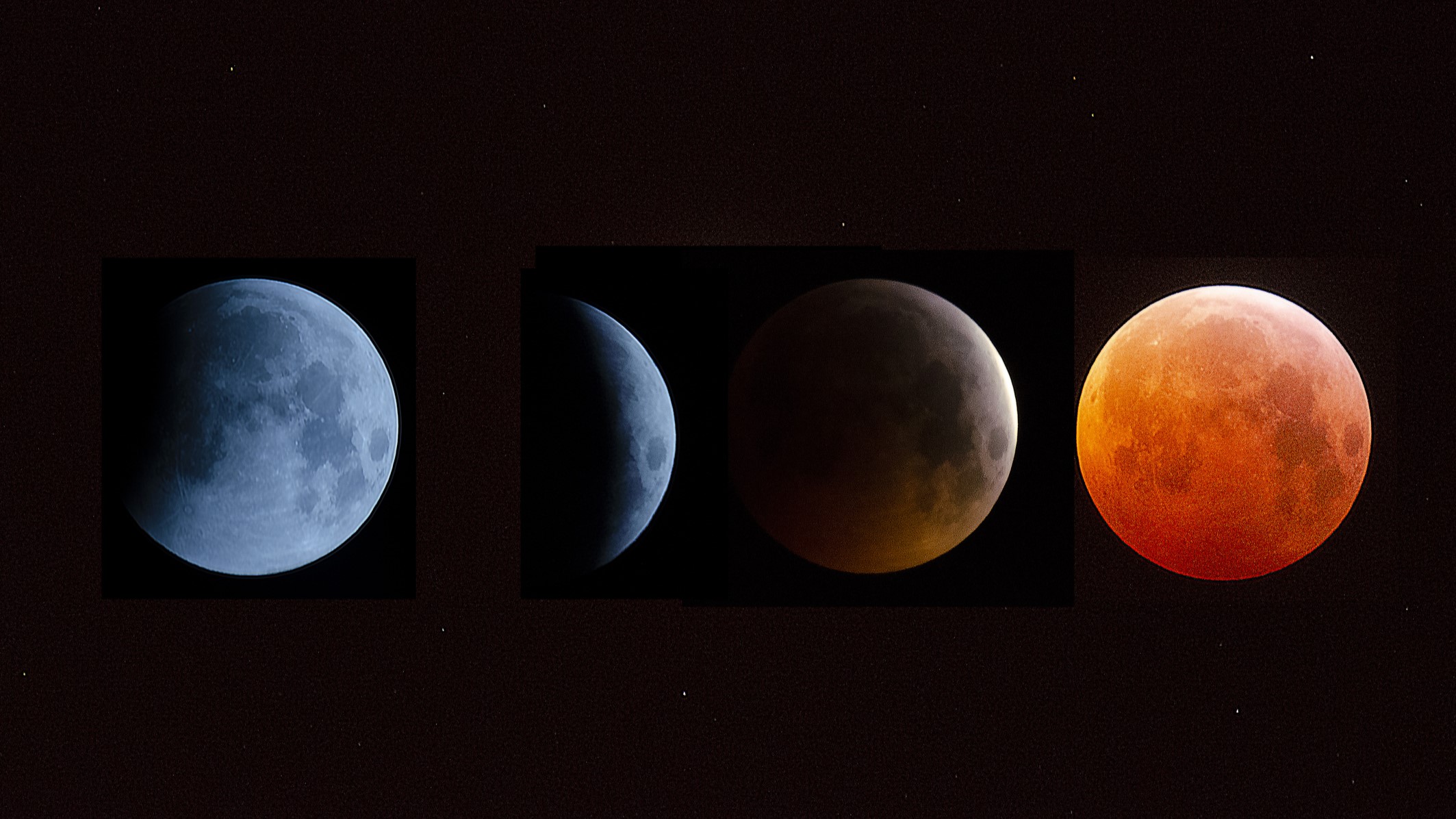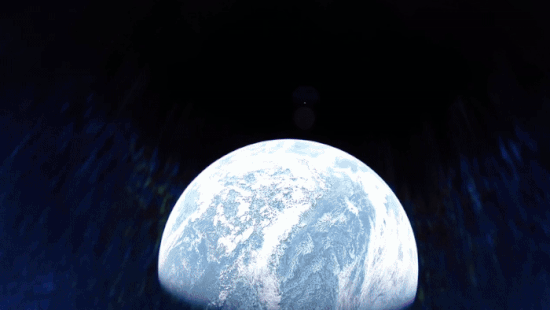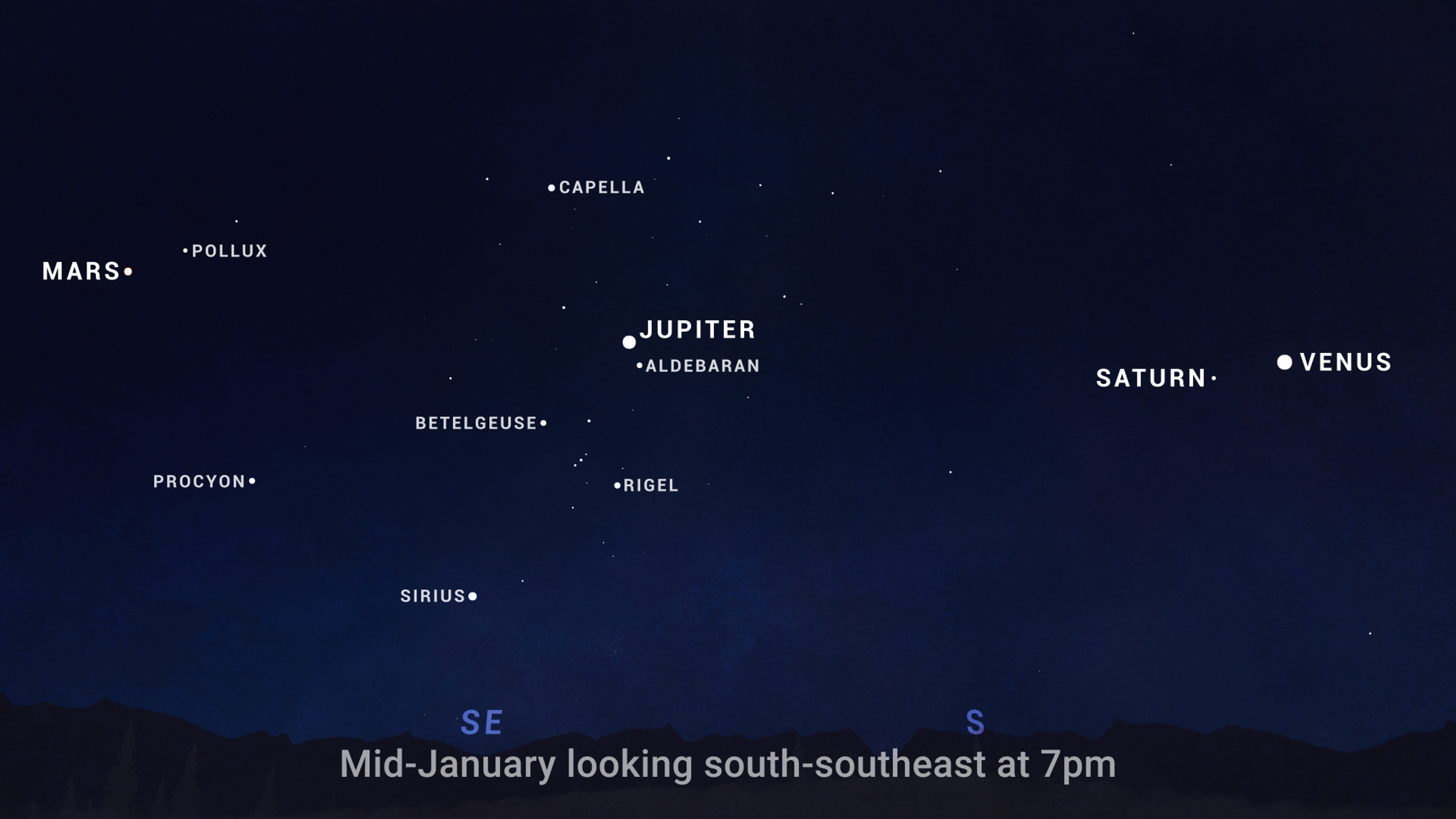Could Ocean Worlds Support Life?
There might be a type of exoplanet without dry land. They’re called “Hycean” worlds, a portmanteau of ‘hydrogen’ and ‘ocean.’ They’re mostly or entirely covered in oceans and have thick hydrogen atmospheres. They’re intriguing because their atmospheres keep them warm enough to have liquid water outside of the traditional habitable zones. If they do exist, … Continue reading "Could Ocean Worlds Support Life?" The post Could Ocean Worlds Support Life? appeared first on Universe Today.

There might be a type of exoplanet without dry land. They’re called “Hycean” worlds, a portmanteau of ‘hydrogen’ and ‘ocean.’ They’re mostly or entirely covered in oceans and have thick hydrogen atmospheres.
They’re intriguing because their atmospheres keep them warm enough to have liquid water outside of the traditional habitable zones. If they do exist, scientists think they’re good candidates to support microbial life.
Hycean worlds are hypothetical, but there is some evidence that they exist. The Kepler mission detected many candidates and provided foundational evidence for their existence. However, it didn’t detect any with certainty.
More recently, JWST observations also supported the idea. The space telescope detected carbon dioxide and methane in the atmosphere of a candidate Hycean world called K2-18b. Both of those molecules can be biosignatures of microbial life under similar conditions as Earth’s oceans.

New research published in the Monthly Notices of the Royal Astronomical Society examines the potential Hycean worlds hold for the evolution of life and how life might depend on these worlds’ thermodynamic conditions. It’s titled “Prospects for Biological Evolution on Hycean Worlds.” The authors are Emily G Mitchell and Nikku Madhusudhan, both from the University of Cambridge.
“The search for extraterrestrial life is one of the most fundamental quests in human history,” the authors write. “An important recent development in this direction is the possibility of Hycean worlds, which increase both the numbers of potentially habitable planets and the ability to detect biosignatures in their atmospheres.”
Research shows that Hycean Worlds can provide both the chemical and the thermodynamic conditions necessary for microbial life to persist in their oceans. In this research, the authors used the metabolic theory of ecology (MTE) to explore how simple life might evolve in Hycean Worlds under different temperature conditions. In simple terms, MTE says that an organism’s metabolic rate is fundamental to its ability to persist and thrive. It applies to individual processes and community and population processes. A key idea behind MTE is that temperature strongly influences metabolic rates.
Previous studies show that when temperatures in a habitable environment increase, biological activity increases up to a point. In this research, Mitchell and Madhusudhan investigate how ocean surface temperatures affect Earth-like single-celled life and how long it takes them to originate on Hycean Worlds. They also explore how different temperatures affect the detectability of biosignatures.
“This work, in turn, has observable consequences for prominent biosignatures on such planets, considering that unicellular phytoplankton are a major source of key biomarkers in the Earth’s atmosphere, such as dimethyl sulphide, which may be observable in Hycean atmospheres,” the researchers write in their paper.
Dimethyl sulphide is strongly linked to phytoplankton and has a unique spectral signature that the JWST can detect in exoplanet atmospheres.
The researchers focused on several key phytoplankton groups that are abundant on Earth and produce biosignature gases in its atmosphere. Among them are Cyanobacteria (blue-green algae), Methanococccea (a methanogen), and diatoms, which generate as much as 50% of Earth’s oxygen each year. They paid special attention to Aquificota.
Aquificota is a phylum of bacteria named after an early genus in the group Aquifix. Its members are found in fresh water and oceans and can produce water by oxidizing hydrogen.
“In order to illustrate how evolutionary rates change with temperature over planetary timescales, we have calculated the evolutionary rates for an example organism (Aquifix) over the last 4.3 billion years,” the paper states. They used Aquifix because it’s a strong analogue for some of Earth’s first life.
The researchers showed that even marginal changes in Earth’s ocean surface temperature compared to the surface temperature over evolutionary timescales significantly change the origination time and evolutionary rates of important species of simple life. “For example, a 10 K increase relative to Earth
leads to evolutionary rates which are over twice as fast, while a decrease of 10 K halves them,” the authors explain.
They found that warmer oceans can accelerate the rate of evolution, allowing key unicellular groups like archaea and bacteria to appear as early as 1.3 billion years after the origin of life. This indicates that higher temperatures drive a faster progression to complex life. “This increased rate has a significant impact on the origination times of unicellular groups such that for an increase of 10K of surface temperature, all of the major groups will have originated by 1.19 Gyr post-Origin of Life (OlL) and all the key phytoplankton groups by 1.28 Gyr,” the authors write.

temperature by +10 K, and blue indicates decreased temperature by -10 K. “We find that an increase in the surface temperature of 10K results in all the phytoplankton groups originating with 1.3 Gyr of the OoL,” the authors explain. Cyanobacteria appear particularly early, only 0.25 billion years after the Origin of Life. Image Credit: Mitchell and Madhusudhan 2025.
The reverse is also true. The researchers found that cooler temperatures delay the appearance of key lifeforms by up to several billion years. That could mean that complex life takes longer to appear. “In contrast, a decrease of 10K of median surface temperature severely limits the origination rates, such that by 4 Gyr post-OoL, only Bacteria and Archaea will have evolved but not oxygenic photosynthesis or Eukaryotes,” the authors write.
In that case, it would also affect the appearance of observable biosignatures, and their intensity and ease of detection.
One of their central findings is that only a marginal range of environmental conditions allows for a large range of evolutionary rates and origination times. “First, given the wide range of possible atmospheric conditions in Hycean worlds, an equally wide diversity in microbial life could be expected,” they write. “In particular, the origination of new clades in warm Hycean worlds can happen significantly faster than on Earth.”
If Hycean worlds exist, this research suggests that they could be “rippling with life,” as Carl Sagan put it, on shorter timescales than Earth.

The candidate Hycean worlds we know of are thought to have warmer oceans than Earth. So, by extension, the candidate Hycean World K2-18 b, which is only 2.4 billion years old, could have the conditions necessary for originating and sustaining key unicellular groups. That means that it, and others like it, are good targets in the search for biosignatures.
The authors offer a couple of caveats to their results. They considered only a fairly narrow range of temperature and physical conditions based on Earth. In reality, habitable extraterrestrial planets could exhibit a much wider range. “Future work in this direction could explore a range of other conditions, including the effect of gravity, pressure, larger temperature variations and other environmental factors,” the researchers write in their conclusion.
We don’t know if Hycean Worlds are real. Some scientists think that their hydrogen-rich atmospheres might be unstable. There are also concerns about radiation exposure inhibiting life and atmospheric chemistry working against biochemical processes. The formation pathways for these worlds are also unclear, as are the mechanisms for generating and sustaining their atmospheres.
However, if they do exist, this study makes one thing clear: For different surface temperatures, a warm planet could have a more complex biosphere at a relatively young age, and a cooler one could have a simpler biosphere at a later age.
In the end, we aren’t travelling to any of these worlds, so detecting biosignatures is the name of the game.
“Such biospheres with varied levels of complexity can impact the detectability of life on them, such that warmer planets have the potential to show strong atmospheric biosignatures,” the researchers conclude.
The post Could Ocean Worlds Support Life? appeared first on Universe Today.
What's Your Reaction?






























_Elena_Uve_Alamy.jpg?#)



.png?width=1920&height=1920&fit=bounds&quality=80&format=jpg&auto=webp#)


















































